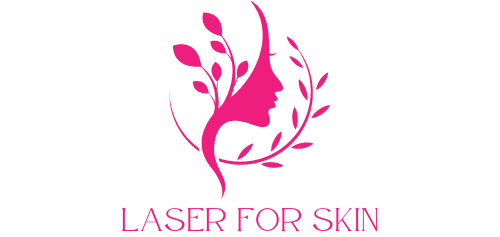Introduction: Sun damage and pigmentation irregularities are common concerns that affect many individuals, often resulting from prolonged sun exposure, aging, or hormonal changes. While topical treatments offer some relief, laser therapy has emerged as a powerful solution for addressing these stubborn skin issues. Let’s explore how laser therapy harnesses the power of light to target sun damage and pigmentation, restoring a more radiant and even-toned complexion.
- Understanding Sun Damage and Pigmentation:
- Sun damage, caused by UV radiation, leads to various skin changes, including sunspots, freckles, and uneven pigmentation.
- Pigmentation irregularities, such as melasma and post-inflammatory hyperpigmentation, result from an overproduction of melanin, the pigment responsible for skin color.
- How Laser Therapy Works:
- Laser therapy delivers targeted beams of light energy to the skin, selectively targeting pigmented areas while leaving surrounding tissue unharmed.
- Different laser wavelengths are used to target specific pigments in the skin, such as melanin, while minimizing damage to surrounding structures.
- Targeting Sun Damage:
- Lasers targeting sun damage typically use wavelengths absorbed by melanin, the pigment responsible for sunspots and pigmentation.
- The laser energy breaks down excess melanin in the skin, causing the darkened areas to gradually fade over time.
- Additionally, laser therapy stimulates collagen production, helping to improve skin texture and reduce the appearance of fine lines and wrinkles caused by sun damage.
- Addressing Pigmentation Irregularities:
- For pigmentation irregularities like melasma and post-inflammatory hyperpigmentation, lasers offer targeted solutions.
- Lasers with specific wavelengths, such as Q-switched lasers or fractional lasers, target melanin in the deeper layers of the skin, effectively reducing pigmentation and promoting an even skin tone.
- Multiple treatment sessions may be needed to achieve optimal results, with gradual improvement observed over time.
- The Treatment Process:
- Before the treatment begins, the skin is cleansed, and a topical numbing cream may be applied to minimize discomfort.
- During the procedure, the laser device is passed over the skin, delivering pulses of light energy to the targeted areas.
- Patients may experience a mild tingling or stinging sensation during the treatment, but discomfort is typically minimal and well-tolerated.
- Post-Treatment Care and Results:
- Following laser therapy for sun damage and pigmentation, patients may experience temporary redness, swelling, or darkening of treated areas, which usually resolves within a few days to a week.
- Over the following weeks and months, as the skin heals and regenerates, pigmented areas gradually fade, revealing a clearer, more even-toned complexion.
- It’s essential to follow post-treatment care instructions provided by your dermatologist, including avoiding sun exposure and using sun protection to maintain results and prevent further damage.
Conclusion: Laser therapy offers a highly effective solution for addressing sun damage and pigmentation irregularities, helping individuals achieve a clearer, more radiant complexion. By delivering targeted beams of light energy to the skin, lasers break down excess pigment, stimulate collagen production, and promote skin renewal, resulting in a more even-toned and youthful appearance. With its ability to target specific pigmented areas while minimizing damage to surrounding tissue, laser therapy provides a safe and transformative solution for those seeking relief from sun damage and pigmentation concerns.



